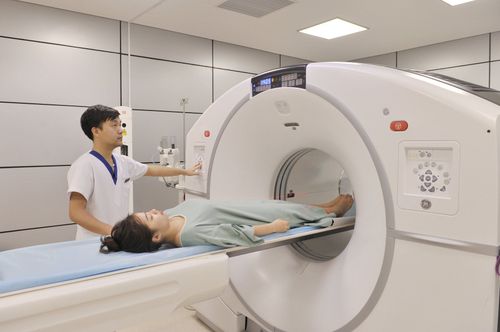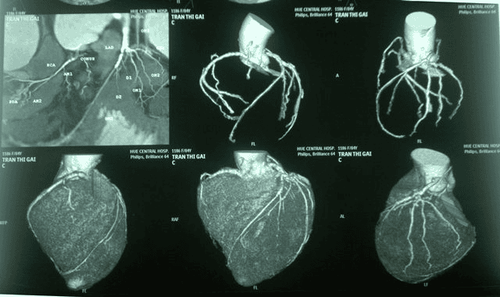This is an automatically translated article.
The article is professionally consulted by Master, Doctor Nguyen Thuc Vy - Radiographer - Department of Diagnostic Imaging - Vinmec Nha Trang International General Hospital.X-ray of the apical teeth, also known as a film after the alveolar cavity, is an X-ray technique that is widely used in the examination of oral and maxillofacial diseases. The technique allows a detailed and detailed examination of the morphology and structure of a tooth and its adjacent structures based on the general principles of routine radiography.
1. Learn about dental X-ray technique
Through dental X-ray technique, the doctor will see X-ray images of teeth, bone and soft tissue around the teeth, open spaces, hidden tooth structures (such as wisdom teeth) and condition. bone loss that cannot be seen by the naked eye, thereby finding the cause of the patient's oral or jaw diseases and monitoring and treating more effectively.
Types of dental X-ray commonly used today include:
● Panoramic X-ray: This technique helps to see the entire teeth, jaw and sinuses of the nose and temporal joints. in patients. However, the limitation of the panoramic dental X-ray is that it cannot find cavities and problems such as teeth, cysts, infections and fractures....
X-ray around the apex (from 14 - 21 X-ray films): This is a technique that can be performed during a patient's first dental check-up.
● Bite wing X-ray (bite wing - posterior coronal film): This dental X-ray technique can help the doctor see how the upper, lower jaw and teeth touch, this technique is often used. Used to check for caries, check that the two teeth are aligned with each other....
● X-ray around the apex (periapical): This technique can help the doctor see the entire tooth. From the incisors to the base of the tooth and the bone that supports the tooth, helps find dental problems under the gums or in the jaw and changes in the structure of the bone.
● Bite X-ray (Occlusal): Helps doctors see the floor of the mouth, roof of the mouth and is used a lot in cases of finding additional teeth, unbroken teeth in the gums, cleft palate, abnormal tissue growth .
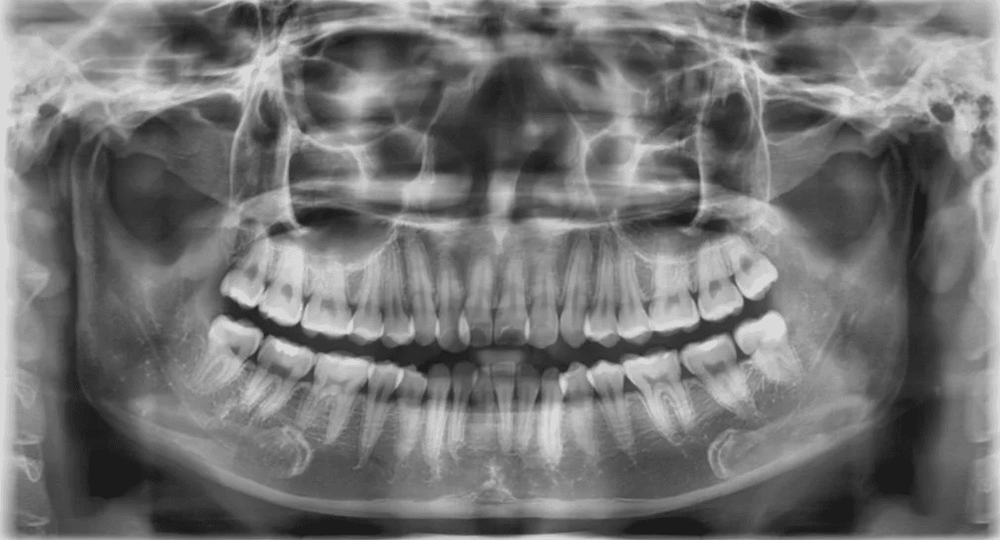
Chụp X quang toàn cảnh (Panoramic)
2. X-ray of apical teeth: When should it be done?
X-ray of the apical teeth is a fairly common technique in oral and maxillofacial examination, this is a technique that can help doctors examine clearly and in detail about the structure and morphology of the teeth and structures. Its neighborhood is based on the general principles of routine radiography. X-ray of apical teeth applies 2 principles: parallelism and bisector.
● Principle of parallelism: The film plane and the plane passing through the tooth axis are parallel to each other, the central ray direction is perpendicular to these two planes, ensuring the morphology and size of the crown teeth.
Principle of bisector: The film plane and the plane passing through the tooth axis will form a dihedral angle, the central ray direction is perpendicular to the bisector of the dihedral angle, compared with the parallel technique, radiography apical teeth by this method have more errors.
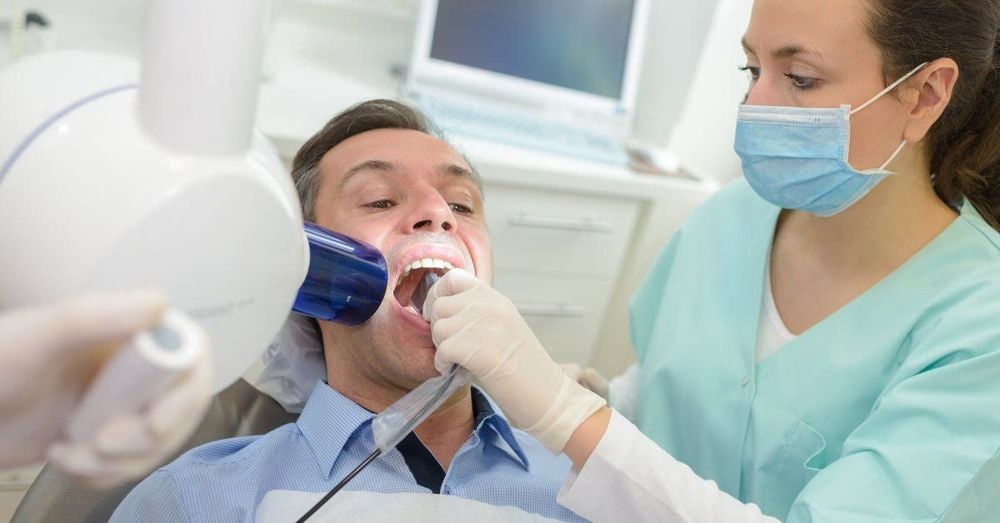
Kỹ thuật chụp Xquang răng cận chóp
3. X-ray procedure of apical teeth
Step 1: The technician prepares supplies, the patient removes metal objects on the head, face, neck, if it affects the radiographic technique of the apical teeth. Step 2: Start the scanner, select the parameters and film size suitable for the patient's teeth. Step 3: Instruct the patient to sit in the correct posture when taking the picture, with the back straight, the bite plane parallel to the floor, the patient swallows saliva. Step 4: Place the film in the patient's mouth at the position of the tooth to be taken. Step 5: Set the central beam position Step 6: Take the shot: The technician enters the control room, presses and holds the beam emitter button to conduct film shooting according to the selected parameters. Step 7: Take the film in the patient's mouth and proceed to wash the film. The film must capture a full image of the tooth to be photographed and at least two adjacent teeth. The image of the teeth taken must be clear and not deformed. X-ray of the near apex teeth is a rather difficult technique, so there may be some errors such as the patient not keeping still during the scan, positioning the central rays not so the image is distorted and the image of the tooth to be taken cannot be obtained... in these cases, the technique needs to be re-implemented.
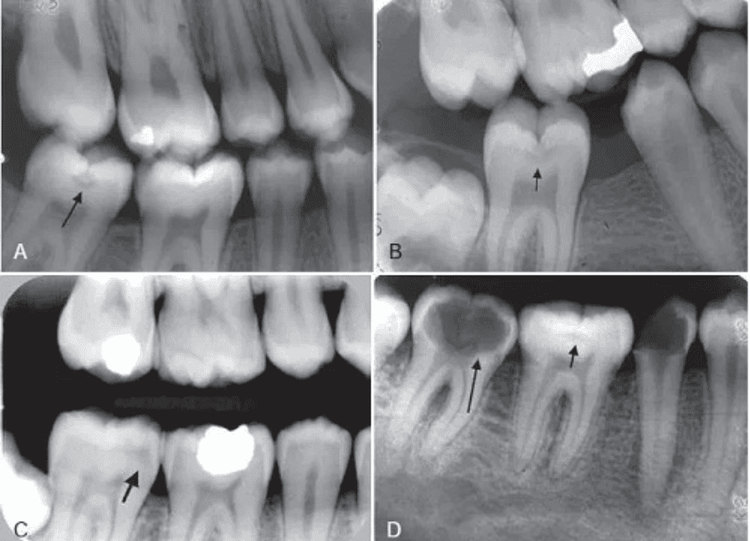
Hình ảnh X quang răng cận chóp
4. Instructions for reading the X-ray results of the apical teeth
The X-ray results of the apical teeth are normal when: No damage to the supporting bone is found, no caries is found, no dental trauma, such as broken teeth or jawbones, no cysts are found. , tumor or boil, no molar or extra tooth was found and the tooth was in its proper place.
The X-ray results of the apical teeth are abnormal when: Found damage to the bone supporting the teeth, found carious teeth, found tumors or boils, found molars, extra teeth and misplaced teeth, found dental injuries, such as broken teeth or jawbone,...
X-ray techniques as well as many other techniques for medical examination and treatment at Vinmec International General Hospital are conducted by medical team highly specialized and experienced doctors; the system of advanced and modern machinery should significantly reduce radiation dose with the best image and always be updated according to medical progress in the world; Especially, professional service quality will help customers have the most comfortable and secure experience when visiting Vinmec. Customers who need advice and support, please contact HERE.
SEE MORE
Does tartar have any effect on teeth? What is periodontitis? What does wisdom teeth do? When to spit?






